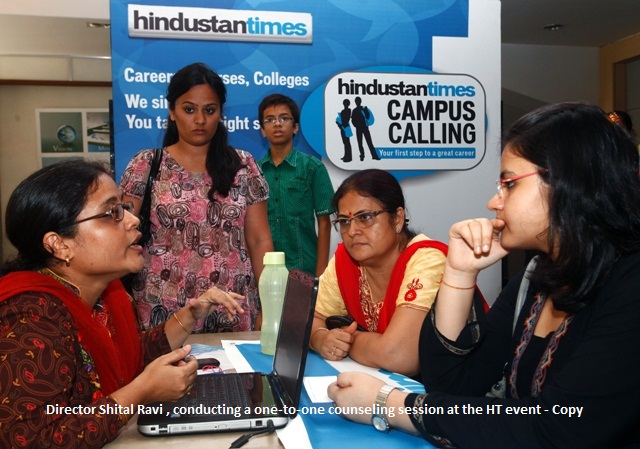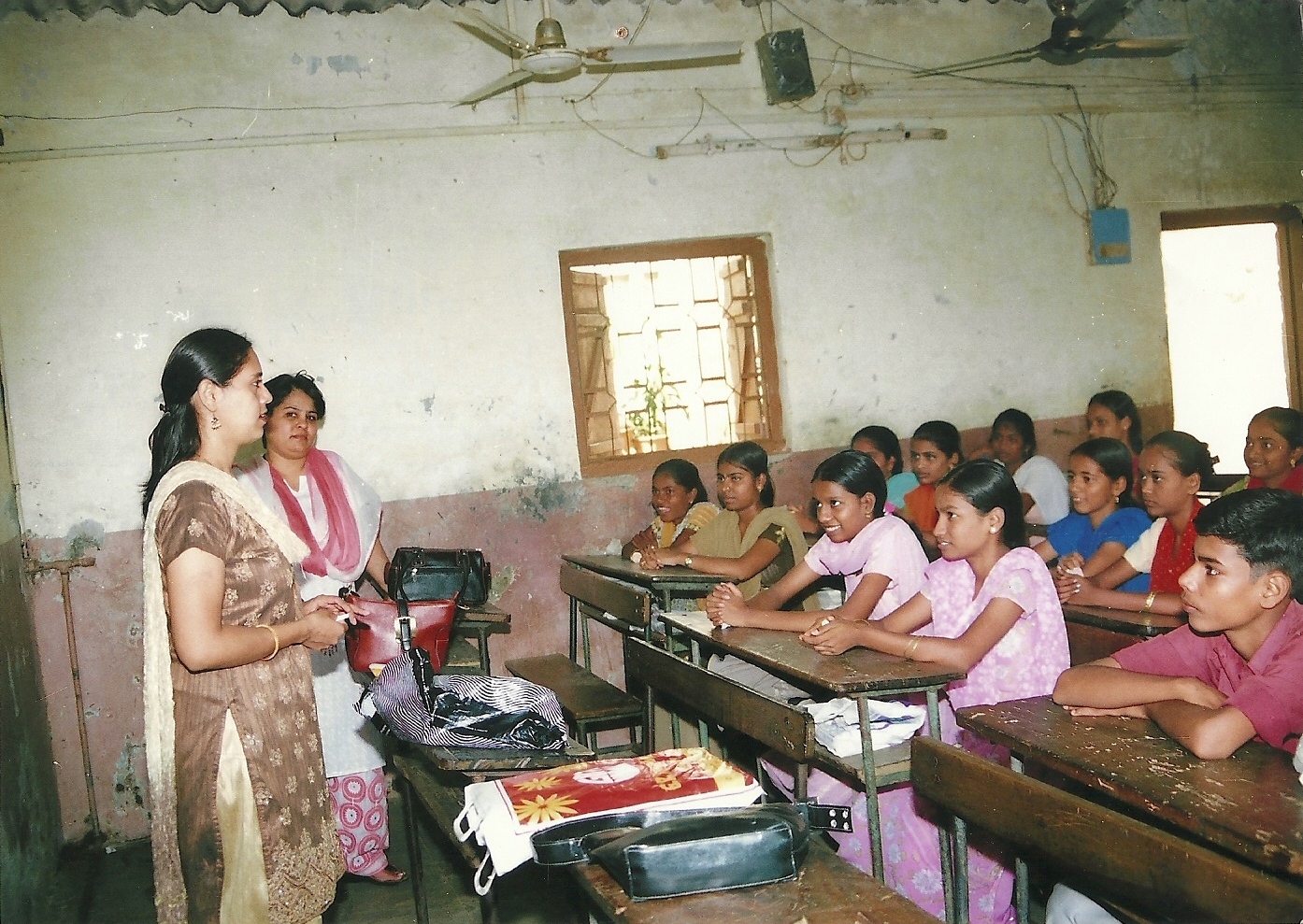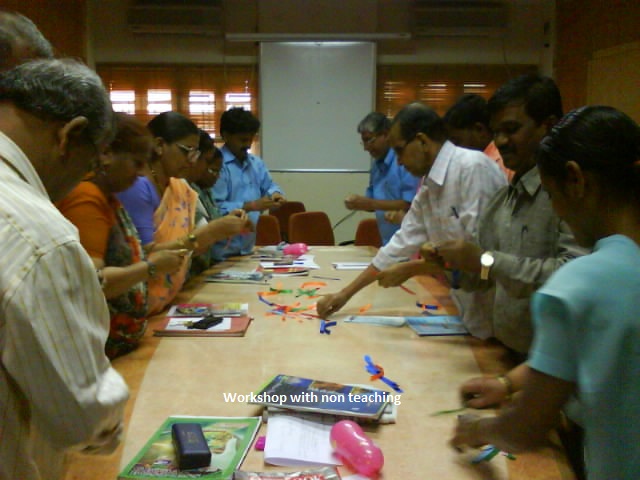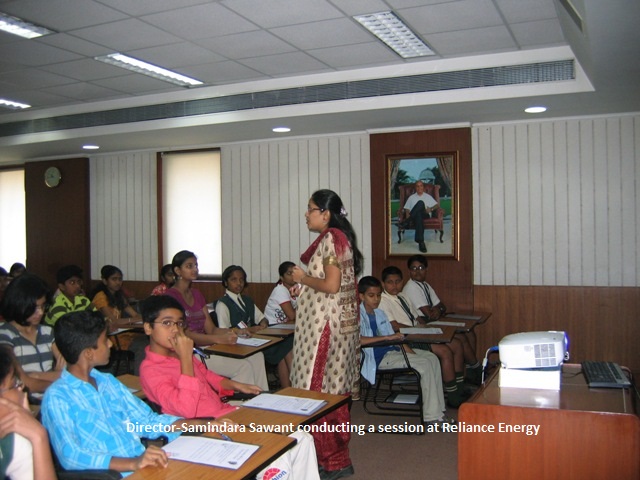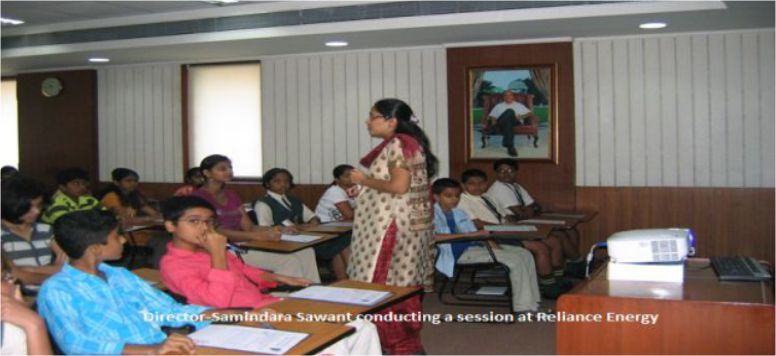Disciplining Techniques for Children
Posted on 30th Jan 2015
Parenting has always been a challenging and to some of us a daunting task as it includes disciplining the child in such a manner that it helps him to grow into a well balanced, independent and harmonious individual who can function optimally in the environment around him.
However as we know there are no codified rules of how to discipline a child. It is a fluid and a dynamic process and many rules have been handed in a word of mouth fashion over generations. The classic example in the Indian setting would be that a grandmother or mother advising a woman who has slipped in the role of a mother recently on what she should do when her child cries. Though many of these rules do work, we need to realize that as times change what may have been true 2 generations ago may not hold true always for the present one. For instance our generation was not allowed to touch electronic gadgets before the age of ten as in many families these gadgets were brought after lot of penny pinching and if something were to go wrong there was no way that it could be replaced. Can we now tell a similar thing, in this techno savvy age, to our children who at the Kindergarten level are introduced to the basics of computers? As humans advance in the evolutionary process, it is important to understand that every generation is exposed to new challenges which were alien to the previous generation and hence disciplining rules have to keep undergoing up gradation just as any software is upgraded. What rules worked in the good old days could be obsolete today!
A certain such ancient rule set is that “Spare the rod and spoil the child”. However the time has come to review this canon. This may have worked very well earlier in patriarchal family systems where in it was necessary that everyone obey the head of the family without question. However today when we expect that children be confident, socially bold, participative and able to assert in group activities right from the onset, how can we expect them to not challenge authority? Then if we expect them to be obedient too, we are creating a dichotomous situation for them and creating confusion.
Here the distinction has to be made that a simple whack immediately after any harmful behavior to break the behavior and subsequent action is different. For instance if the child is sitting and playing with match sticks and you see that there is danger lurking close by in the form of curtains you may just give a small whack to the child to break this mood and make him more alert. However if the child has erred, for instance not done his homework and not packed his timetable despite you telling him, is spanking going to help him? The spanking then is more to release our anger and in no way is beneficial to today’s child who may only perceive it as an insult. Thus spanking just displaces the main goal of disciplining. A different treatment or a different set of rules is needed to handle these situations.
At this point it would be beneficial to understand that all disciplining techniques mainly aim to help the child acquire appropriate and desired behavior and weed out or diminish undesirable or faulty behavior. Hence psychologists now approve of behavior modification techniques which can help parents to discipline children without spanking or abusing the child. Behavioral techniques refer to scientific methods to change behavior. The process of changing behavior is called behavior modification.
Some effective behavior modification techniques which can help parents:
- Positive Reinforcement: A simple and yet effective technique is positive reinforcement. It is paying attention to and applauding the acceptable or appropriate behaviour such as sharing, waiting for his turn while playing, completing homework and ignoring the negative or inappropriate behavior such as speaking out of turn, screaming etc. It can be given in three different forms:
1) Verbal : Praise or compliment the behaviour or action.
2) Non verbal : Hug, Kiss, Touch, Smile, Pat, Handshake
3) In form of gifts: Small gifts like stickers or stars.
This technique’s effectiveness lies in the fact that you are giving attention to positive behavior , thus reinforcing it and empowering the child by letting him know what is expected from him. Hence this can be more effective than punishing or giving attention to wrong behaviour in any way.
- Shaping: This is a technique by which the child is encouraged to learn new behavior or modify negative behavior in a step by step process. One will have to set up small goals for the child regarding his/her behavior as it becomes easy to follow and would not put too much pressure on the child. For instance helping child do homework, household chores, self help chores in smaller chunks rather than at one go. Also the element of reward is introduced at every stage/step when he learns/adapts to a particular behavior. After achieving those smaller goals, the child can be positively reinforced. But make sure that reinforcements are not materialistic.
- Time out: This technique involves the principle of isolating the child immediately after he has behaved in an unacceptable manner. Time out is necessary as it teaches children to reflect upon their issues, which will allow them to introspect about their own mistakes. Time out can be used for child’s unacceptable behaviour, which could be hitting, using bad words, and not following instructions. Two things to keep in mind while using time out:
- Ignore the child’s crying, cribbing and attempts to convince you.
- Use time out rarely e.g. once in week
There are a host of behavior modification interventions which help modify behavior, in the end, helping to elicit the desired behavior from the child. I have only touched upon 3 of them. However one needs to remember that these are slow processes which take time and overnight results cannot be expected. Hence one needs to be very consistent while using these behavior modification interventions. Remember that Behavior modification techniques with a dollop of love and affection can work wonders.
Shital Ravi is the director and founder member of Disha Counseling Center which is a mental health setup. She has been practicing as a psychologist for the past 11 years and likes to work with children, adolescent and parents.
- Exam
- Careers
-
 Inlaks Shivdasani Foundation for any field Scholarship Opportunities
Inlaks Shivdasani Foundation for any field Scholarship Opportunities
-
 Asha Shree Endowment for Graduate or post-graduate professional degree courses Scholarship Opportunities
Asha Shree Endowment for Graduate or post-graduate professional degree courses Scholarship Opportunities
-
 Gaurav Foundation for Indian school-college and college abroad Scholarship Opportunities
Gaurav Foundation for Indian school-college and college abroad Scholarship Opportunities
-
 TOEFL Scholarship for 9,000+ institutions Scholarship Opportunities
TOEFL Scholarship for 9,000+ institutions Scholarship Opportunities
-
 Fair and lovely scholarship for any graduate and post-graduate Scholarship Opportunities
Fair and lovely scholarship for any graduate and post-graduate Scholarship Opportunities
-
 dfsd
dfsd
- fgdf
- Tuesday, 23 September 2014
-
 dfsd
dfsd
- fgdf
- Tuesday, 23 September 2014
-
 Nice design
Nice design
- Sakura
- Thursday, 31 July 2014
-
 Hello, this is a demo
Hello, this is a demo
- david Hoang
- Thursday, 31 July 2014




